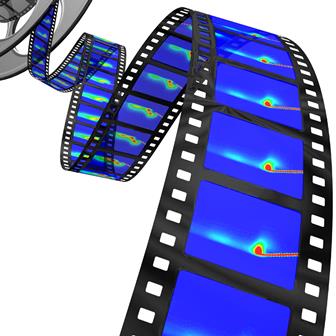Fluorescence EEM Spectroscopy
Gas turbines, diesels and other heavy-machinery engines are omnipresent in today's society. Their efficiency and safety strongly depend on the condition of the lubricants and fuels that are necessary to operate the machinery. During storage, transportation and operations these - typically complex hydrocarbon - substances suffer from contamination and wear, i.e. chemical/molecular-structure transformation.
Even though the consequences of uneffective lubrication can be catastrophic , there currently exists not a single commercially available sensor that could reliably monitor in real time chemical or structural conditions of lubricants and fuels used in or supplied to the engines.
We use optical absorption, and excitation-emission matrix (EEM) fluorescence,to find a representative spectroscopic indicator of the degradation/contamination-caused chemical and structural changes in certain hydrocarbons. Our fiber-coupled sensor can be used in real-time in a running engine to determine the effectiveness of the lubricants. We use chemometric techniques, i.e. Parallel Factor Analysis (PARAFAC) and Principal Component Analysis and Regression (PCA\PCR), to assess the contamination and degradation level.
In a related project we were investigating the stability of the scintillator liquids used in one of the upcoming SNOLAB experiments for its stability against oxidation, thermal decomposition and photochemical degradation.
Ongoing research is directed towards the development of a much faster EEM spectrometer that allows for an acquisition of full 100 x 1000 pixel (= EEM wavelength pair) spectra at less than 10 seconds per EEM spectrum. this instrument will permit kinetic studies on liquids that degrade on the timescale of minutes.





